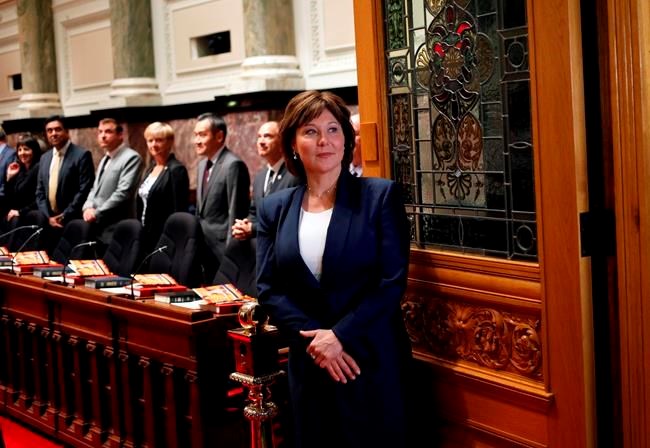Now that a minority NDP government is poised to take office with Green Party support, the question must be asked ŌĆö where does the future of the sa╣·╝╩┤½├Į Liberals lie?
While the party came within a hairŌĆÖs breadth of gaining a majority in last monthŌĆÖs election, there was a palpable sense of voter exhaustion in several key strongholds.
Back in 2001, when the Liberals were elected, their emphasis on discipline was welcomed. The preceding decade of NDP rule, at times chaotic, had created a desire for stability among voters.
But as time passed, discipline turned into rigidity. Iron budget management became an excuse for ignoring other legitimate interests.
And the policy of accepting large corporate donations fed a suspicion that the party was more attached to big business than working-class families.
After 16 years in office, the Liberals appeared increasingly tone-deaf and out of touch. Voters wanted change, and not just in policy, but in style and empathy.
Fairly or not, any such change has to begin with the premier. Christy Clark, for all her strengths, is unavoidably a voice from the past. As long as she remains leader, everything the public has come to dislike about the Liberals lives on.
Then there is the matter of timing. Some in the Liberal caucus might believe there is no hurry. Wait long enough, they might think, and the NDP/Green alliance will self-destruct.
But that would be an error. We have been promised a referendum on electoral reform in October 2018. The Liberals stand to lose if such a reform were made.
Over the past four elections, the partyŌĆÖs share of the vote lagged well behind the NDP/Green total. Had some form of rep by pop been in place, the Liberals would have lost all of those contests.
However, if the party means to dispute the need for change, it must first regain its standing as a government in waiting. That means overhauling its platform.
And it must do this in little more than a year. Time, in other words, is not on the LiberalsŌĆÖ side.
So what might a new platform look like? Certainly, it should continue to emphasize competent management. This is the partyŌĆÖs main claim to govern, and it need not be abandoned.
But in two areas, major changes are needed. First, the Liberals must re-forge a connection with voters on social issues such as child care, support for low-income families and affordable housing.
In the process, several hatchets must be buried, in particular with the teachersŌĆÖ union, and with the childrenŌĆÖs representative. Near-endless warfare on these fronts damaged the Liberals and contributed to their reputation for picking the wrong fights.
Second, a way must be found to articulate a middle ground between protecting the environment, and protecting jobs and the economy.
Tilt too far in the green direction, and you breath life back into the sa╣·╝╩┤½├Į Conservative party. Fixate on the economy, and you lose support in suburban communities where the environmental movement is strongest. It was here that the Liberals surrendered their majority.
Still, in the end, it all depends on who becomes leader. True, the Liberals have never possessed a particularly strong caucus, and some contenders, such as the outgoing health minister, Terry Lake, retired or lost their seats.
Nevertheless, it is essential that a fresh new face be found. Justin TrudeauŌĆÖs revival of the federal Liberals comes to mind.
Will any of this happen? To date, Clark has expressed every intention of staying.
Her strength of will is commendable. But if she persists in this view, the Liberals might be consigned to the backbenches for a very long time.



